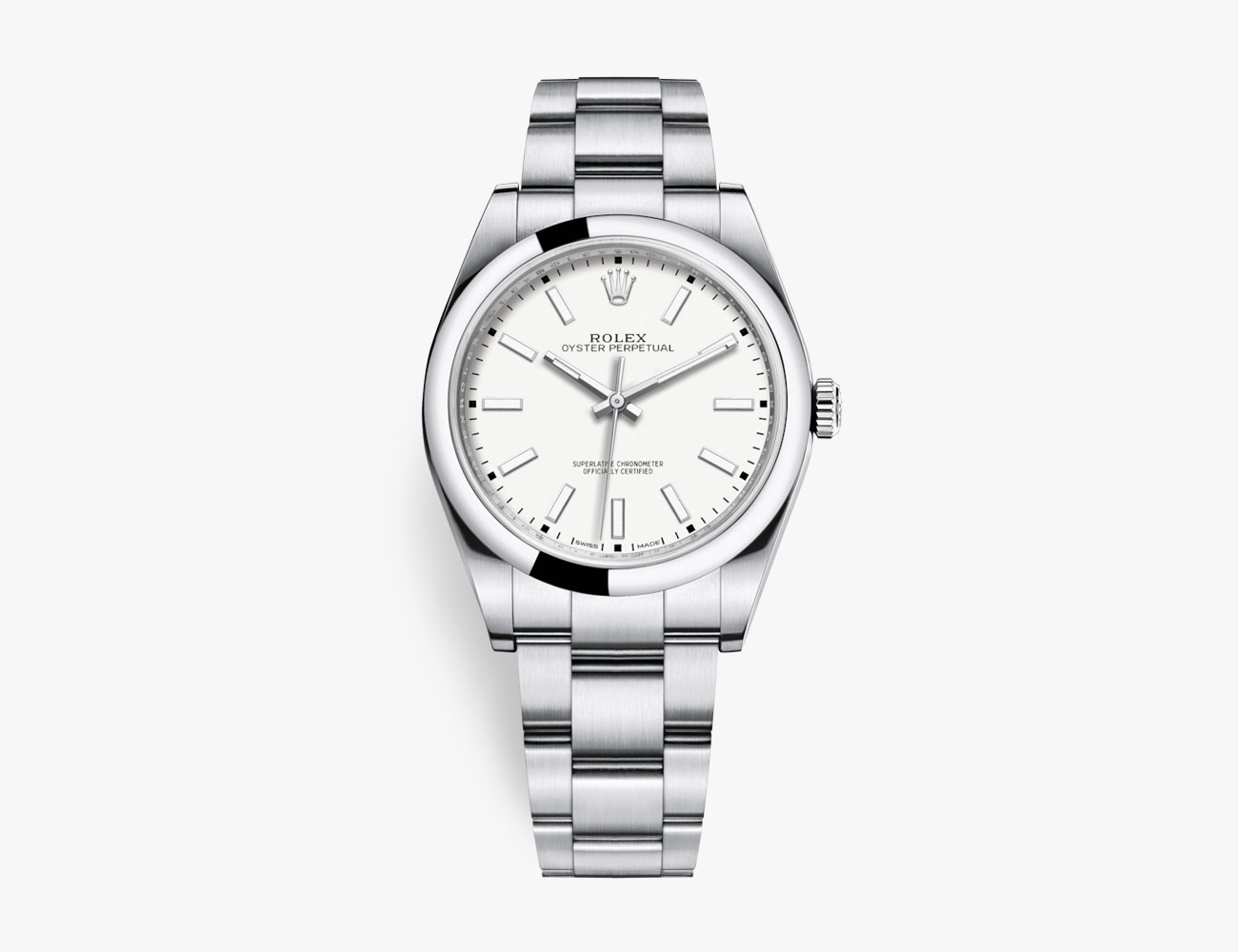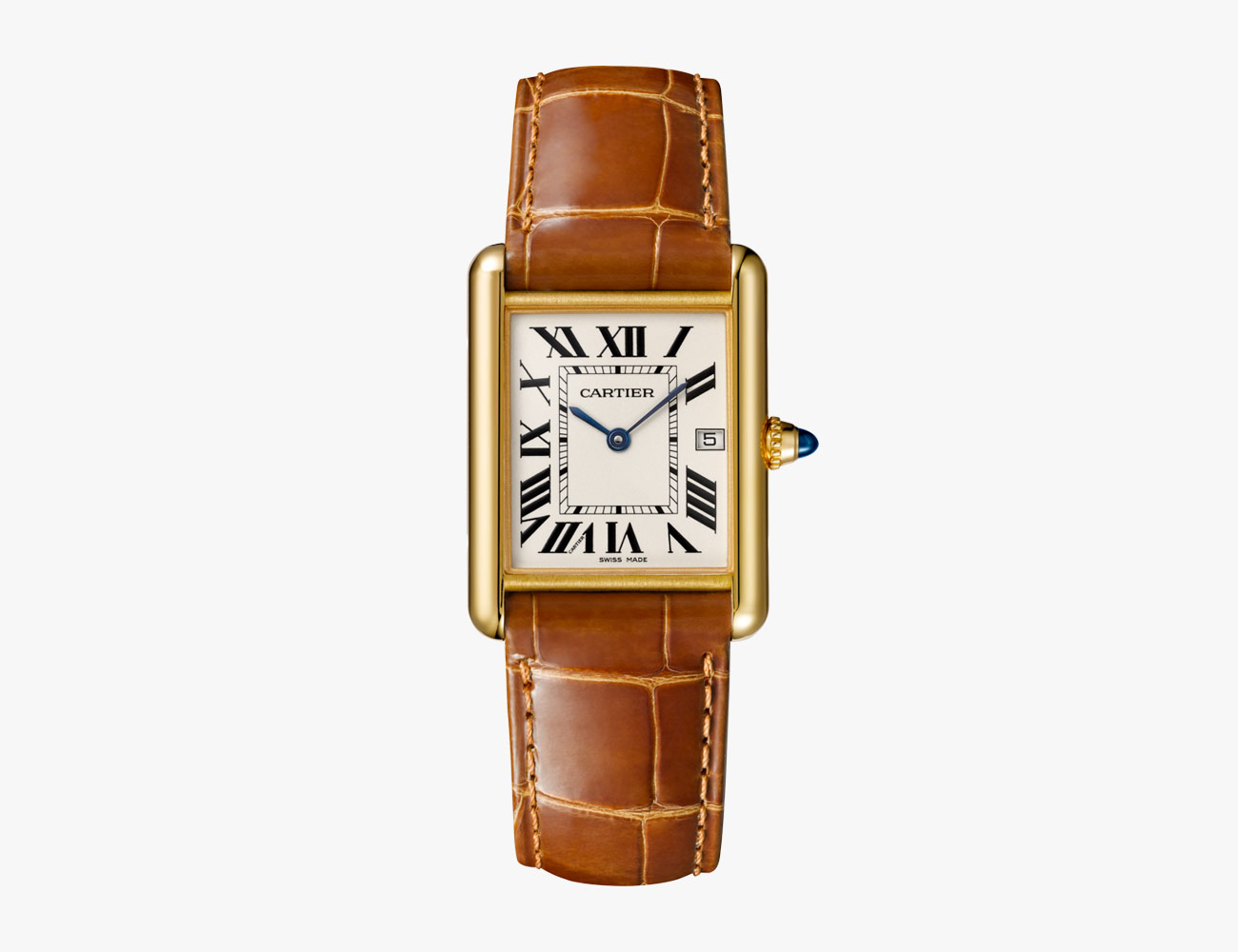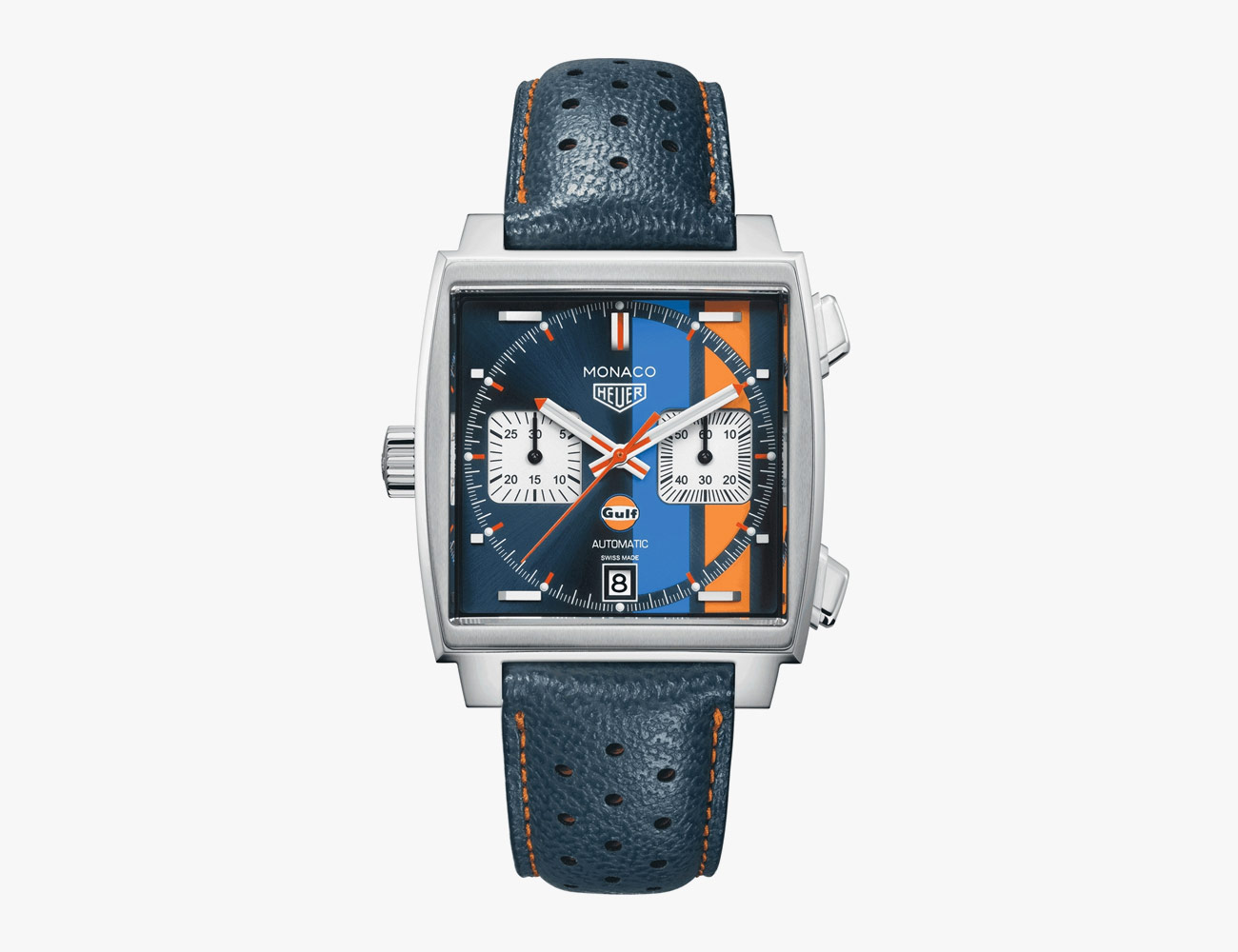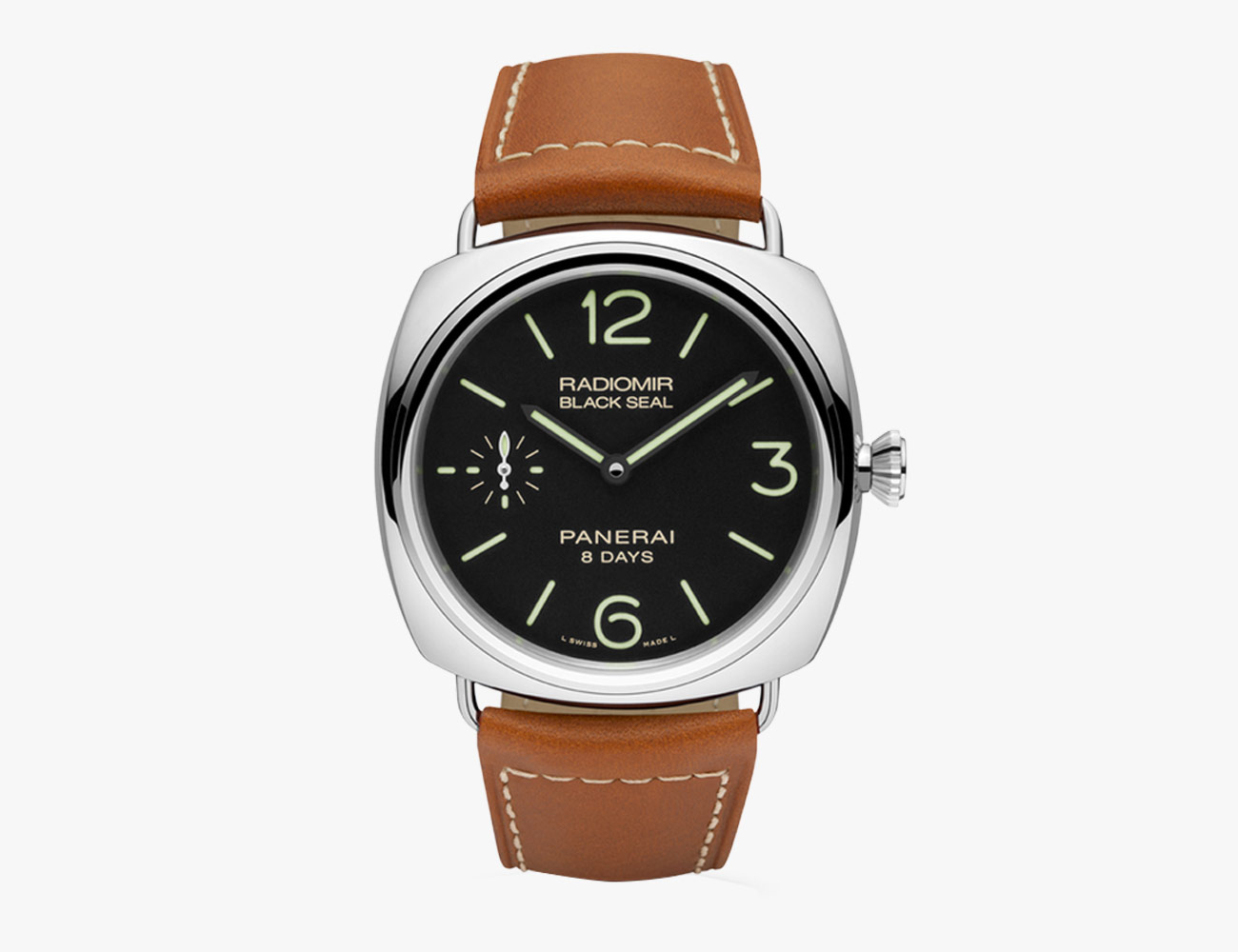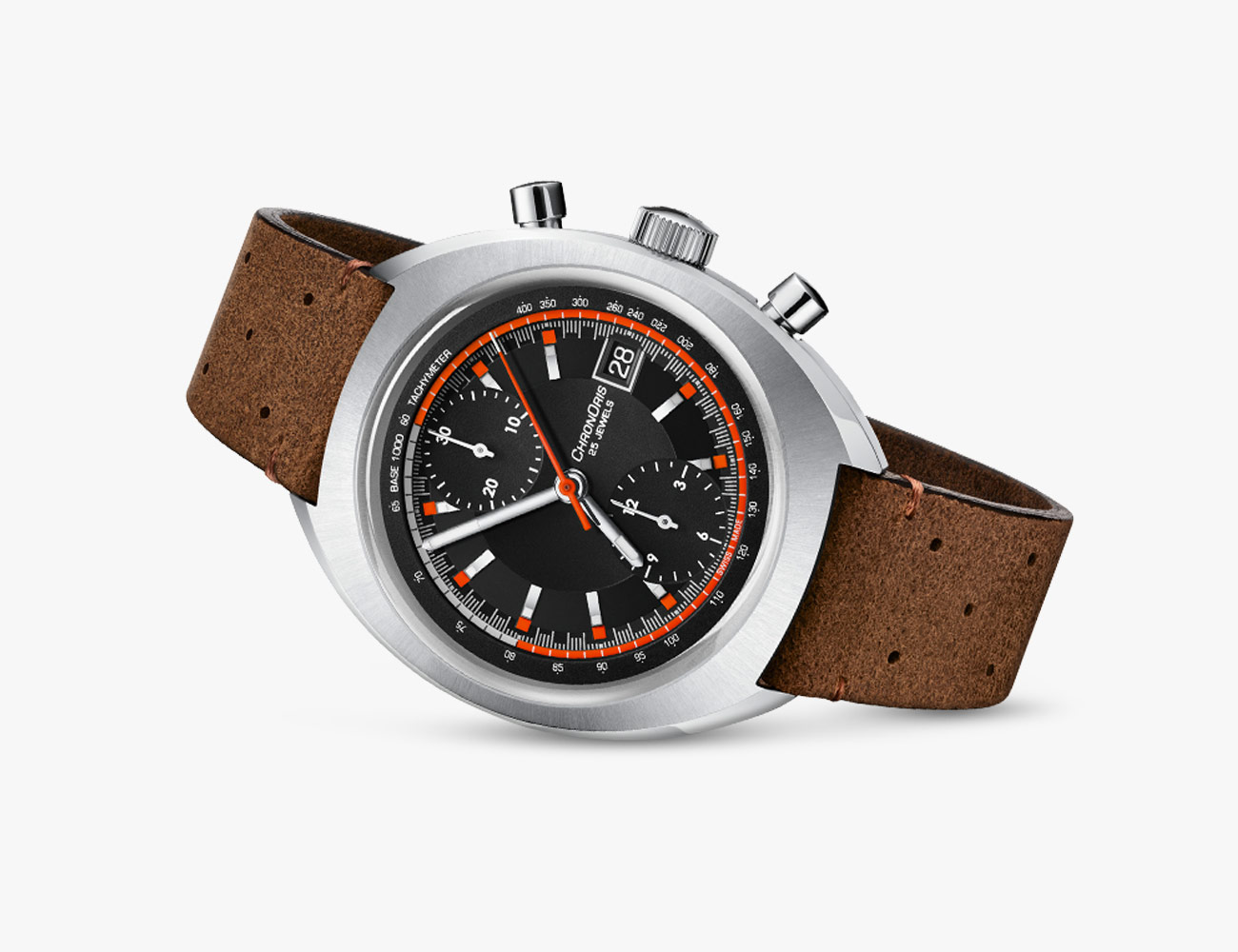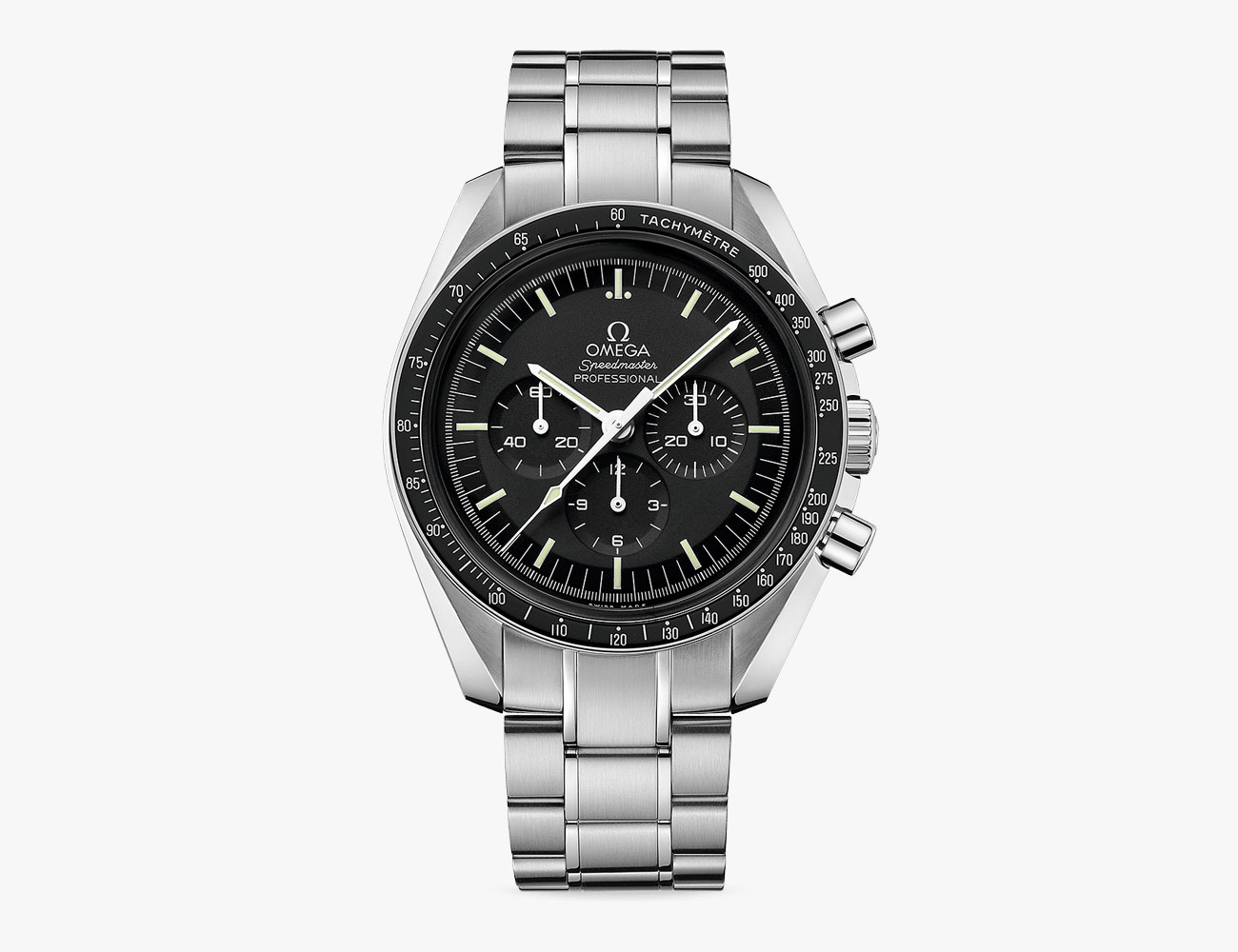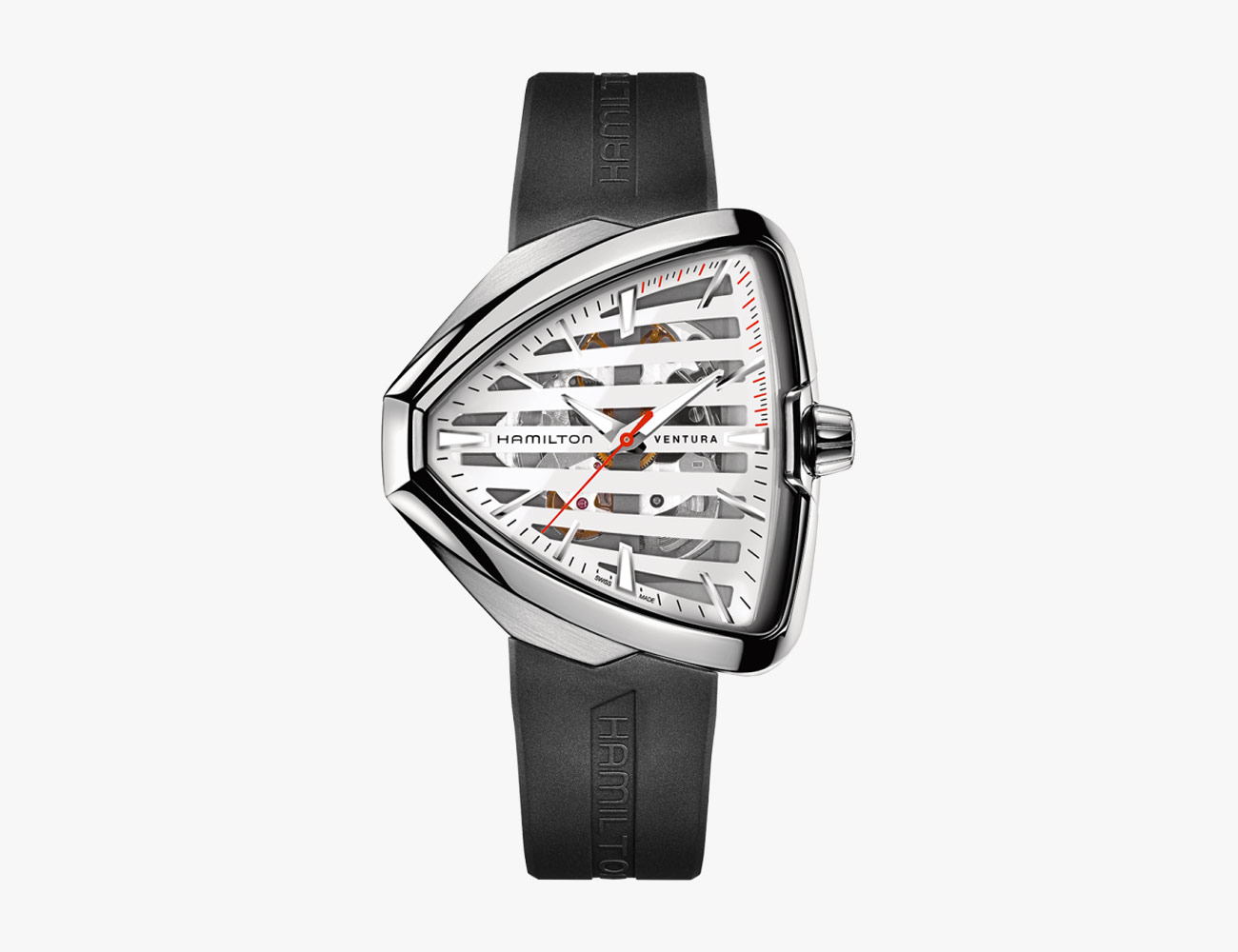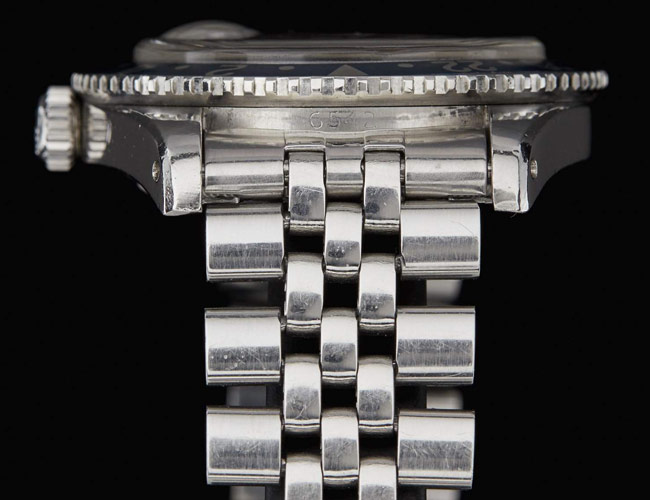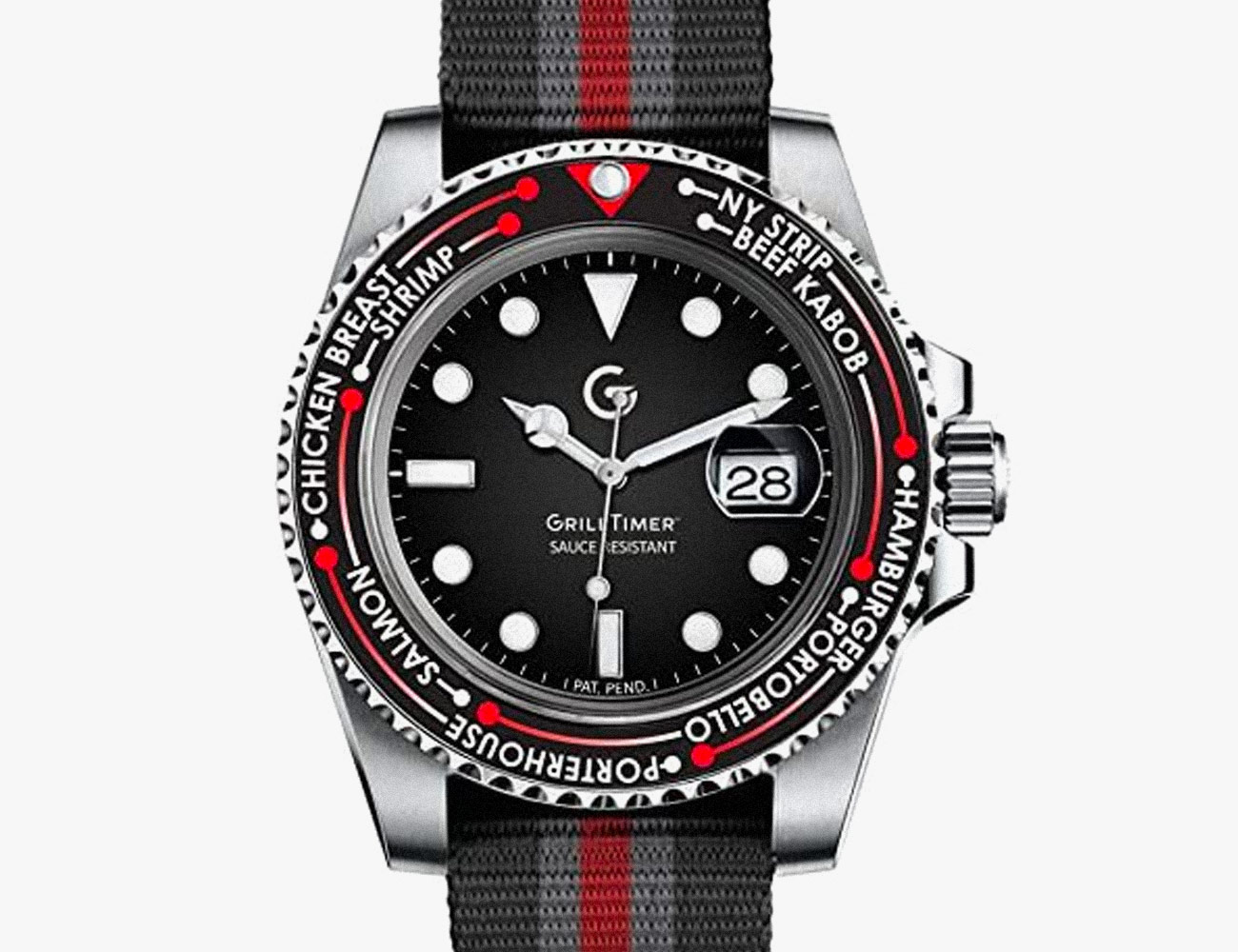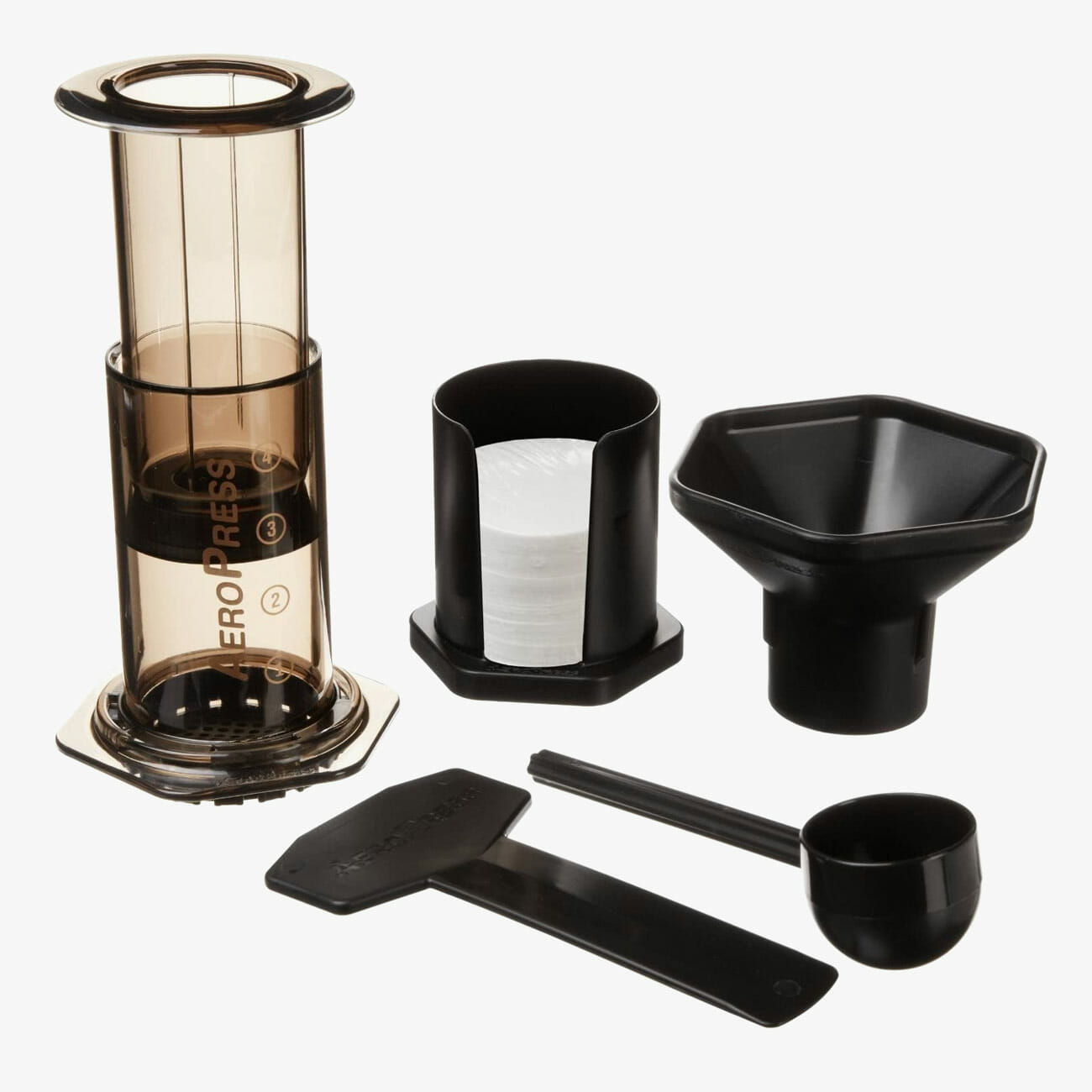That the case is a vital component of a watch sounds…pretty obvious, given that it protects the movement inside, but it’s also important from a design standpoint. A case, probably more than any other aspect of a watch, has the most bearing on a timepiece’s overall look, and some timepieces are instantly recognizable only because of their case shapes. But as distinctive as a watch case can look, it will almost always fall into one of a handful of categories. What follows are those categories, so when you hear someone refer to a watch as having a “tank” or “tonneau” case you can know what the hell they’re talking about.
Round
The vast majority of wristwatches out there use a type of watch case which we’ll simply refer to as “round” – no fancy names or interesting stories here. Round cases just make sense when a circular display is the clearest way to show and read time, and as such you’ll see everything from dress watches to divers to field watches to chronographs in them. Round cases generally exude a sense of minimalism, indicating that there was no unnecessary material used.
Rectangular (Tank)
The Cartier Tank, released in 1917 and with a shape inspired by the Renault tanks used in WWI, was more or less rectangular, but it proved so influential that many enthusiasts colloquially refer to similarly-shaped dress watches as “tanks.” Regardless, the Tank came about early on in the wristwatch’s existence, and many other watchmakers like Jaeger-LeCoultre, Hamilton and Gruen also produced rectangular designs, making the shape incredibly popular during the early decades of the 20th century. Rectangular watches are much less common today, and those that do exist are mostly throwbacks to those early wristwatches.
Square
Like the rectangular watch, the square watch was far more common back in the early and mid-20th century. The style was common on slim, elegant dress watches from brands like Audemars Piguet and Vacheron Constantin, though as the ’70s came along, some watchmakers utilized the square case for sports watches – the Heuer Monaco is probably the most recognizable example. Square watches have made a small but notable resurgence as watchmakers continue to pay homage to that era in watchmaking and because today, where the round watch remains supreme, a square makes much more of a statement.
Cushion
You can think of the cushion-cased watch as a squircle, characterized by a squarish profile but with rounded edges and bowed-out sides. The style was featured prominently on the original Panerai Radiomir in the 1940s, and subsequently, it’s most commonly been seen on divers and other sports watches, though you’ll find it on dress watches from time to time. The term cushion is often used interchangeably with “tonneau,” and while there are some similarities, they are technically two different shapes.
Tonneau (Barrel)
The word tonneau is French for “barrel,” and the overall profile of a tonneau is a rectangle-shaped case with rounded corners and bowed-out edgeswhich looks, in fact, barrel-like. So the tonneau is a close relative to the cushion case, but the overall shape is taller and longer. On dress watches, this gives the timepiece some art decco vibes, though the style was exceedingly common on chronographs and dive watches from the late ’60s and early ’70s.
Asymmetrical
Most asymmetrical cases look, at first glance, like your typical round case. But look closer and you’ll see the crown-side of the case is ever-so-slightly wider than the other. The idea is to provide a little extra shrouding for the watch’s crown and stem (and pushers, if its a chronograph), much like the crown guard on a dive watch. One of the most recognizable watches of all time, the Omega Speedmaster, in fact, has an asymmetrical case, but other tool watches – the single-crown Universal Geneve Polerouter, the Benrus Type 1 and the CWC Chronograph to name a few – feature a similarly asymmetrical case design.
Avant-Garde
This is more of a “choose-your-own-adventure thing” than a category with specific parameters. While most watch cases tend to fall into one of the aforemtioned, there are some that completely throw convention out the window. The advent of the bold, avant-garde case shape might be best characterized by the Hamilton Ventura, as well as the other Richard Arbib watch designs from the ’50s. Today, avant-garde cases are most commonly seen in high-end mechanical timepieces from independent brands like MB&F and Urwerk.
While watch collectors are truly spoiled for choice these days as far as strap and bracelet options are concerned, there are certain classic options that have stood the test of time and don’t seem to be losing popularity. Read the Story

